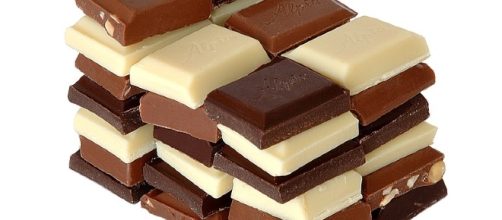Chocolate is often seen as proof that there is a God and that he loves us. The Confection, made from the cocoa bean, comes in milk, dark, and white varieties, depending on how much added sugar, milk, and other ingredients are added. Too much chocolate tends to be bad for one, though dark chocolate is said to have some health benefits due to it having a lot of antioxidants and less sugar than other varieties.
A short history of chocolate
Chocolate was produced in the Americas since time immemorial. Cocoa beans were brought back to the Spanish court by Christopher Columbus, but the confection did not catch on until Spanish friars started marketing it.
The Spanish added their own enhancements, including sugar, to increase chocolate’s sweetness. In short order, the confection was popular all over Europe.
White chocolate, which was developed in the 1930s, is not considered real chocolate at all by many people because it lacks cocoa solids. In any case, the New York Post reports that scientists in Switzerland have developed a fourth variety called ruby chocolate.
What is the fourth kind of chocolate?
The fourth type of chocolate, called ruby chocolate, is derived from the ruby cocoa bean. It is said to have a fruity taste and bears a reddish pink color. Ruby chocolate is said to have a rich, creamy flavor. It achieves this color and flavor without any fruit additives.
When will the new variety be available on store shelves?
Barry Callebaut, the Swiss company that developed ruby chocolate, does not sell directly to consumers, but rather to other businesses. Thus, CNBC suggests that we’ll have to wait another six months before we can expect to buy the stuff at the store. When ruby chocolate becomes available, it will likely come in a variety of forms, just like the three existing forms of the confection.
The marketing people believe that ruby chocolate is going to be especially appealing to millennials as they tend to gravitate to “hedonistic consumption” and “luxury products.” One has to assume that this assessment is based on solid marketing research. However, one suspects that if the new chocolate has a unique, fruity taste, it should be attractive to all generations.
The new confection should not remain a high end, high priced product for very long if the demand holds up, causing a corresponding increase in production.
Chocolate, after all, comes in more forms than bars one buys at specialty stores. The confection is also used as a flavoring for other foods, such as milk and particularly Ice Cream. But how will one distinguish between ruby chocolate ice cream and strawberry ice cream by appearance?


